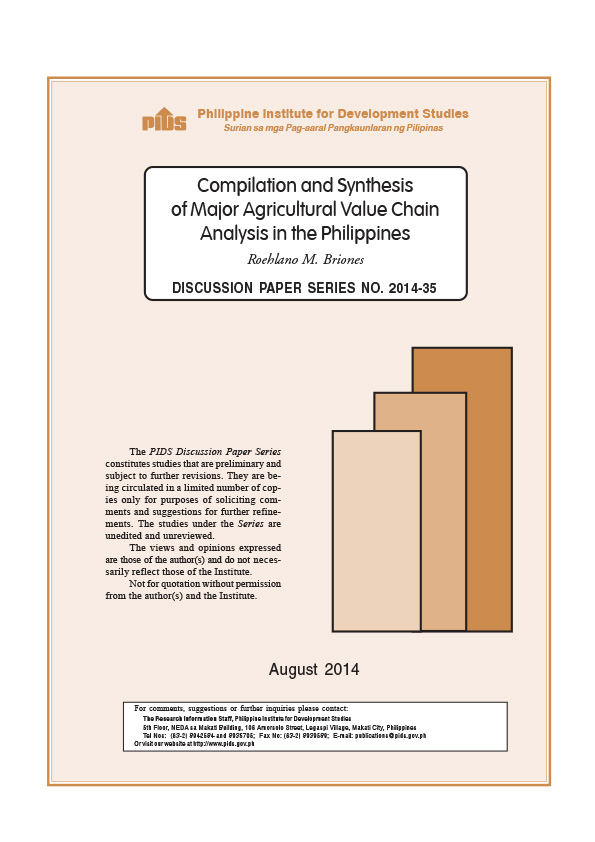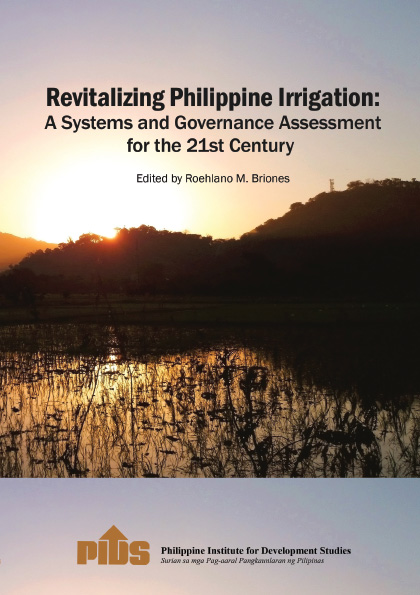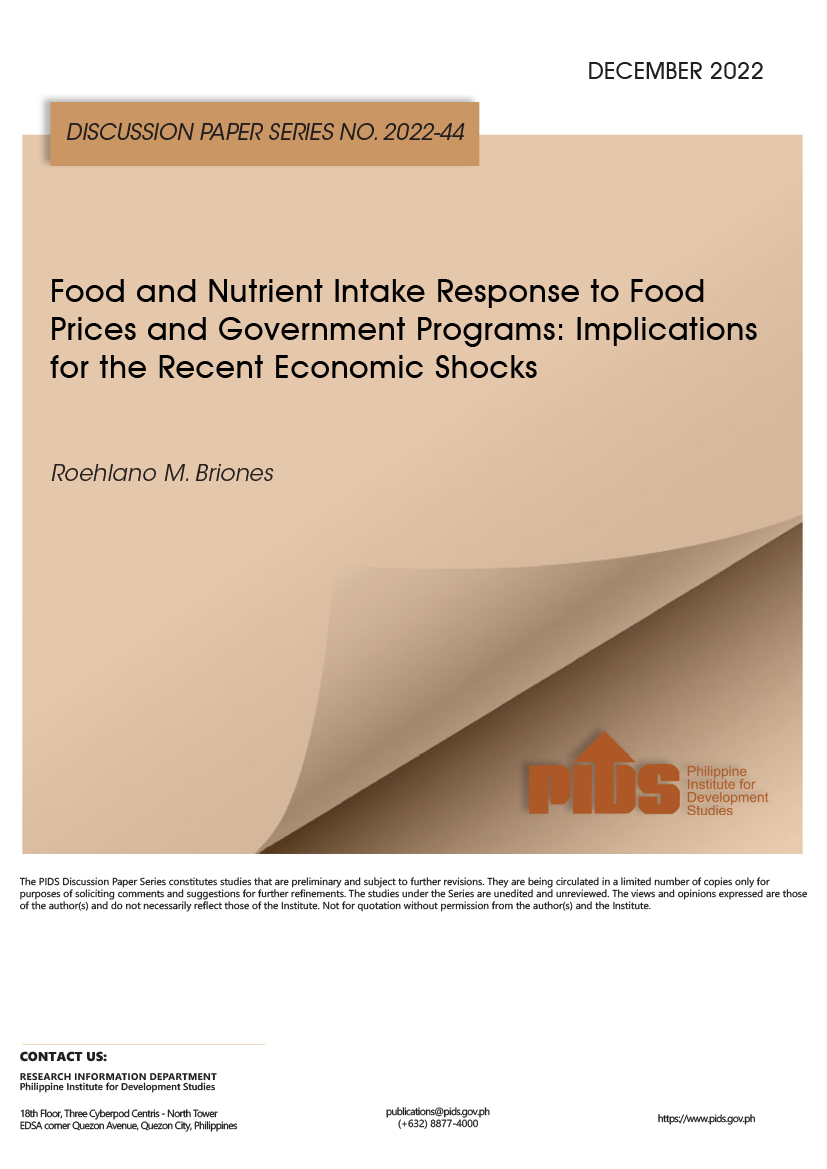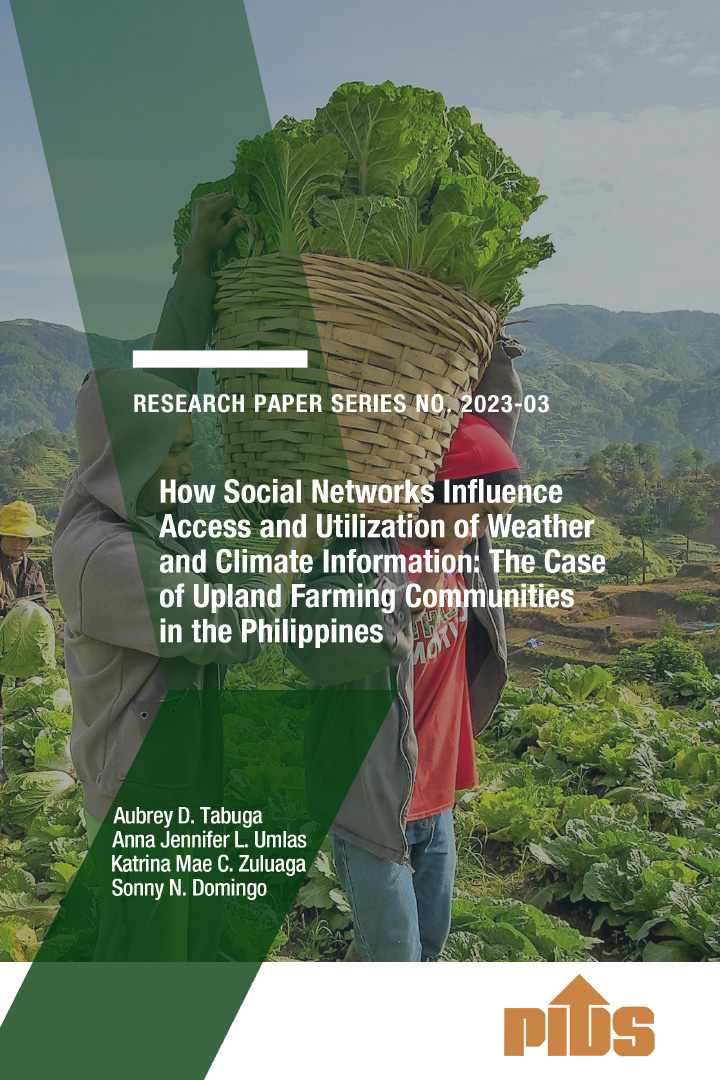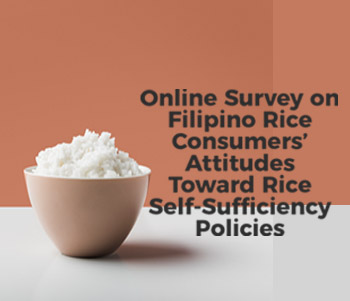Recently, the agricultural sector in the Philippines has enjoyed robust growth driven by rapid price increases in key subsectors, namely, rubber, sugarcane, and coconut. The largest subsectors, however, namely, rice and corn, relatively experienced slower growth and exhibited lower competitiveness than high-value crops (e.g., fruits and vegetables). This study undertakes a stock-taking of value chain studies and gap analysis for major agricultural commodities. It finds that value chain opportunities seem to be well-substantiated for export-oriented crops. The sites suitable for these value chains are those in which primary production and marketing systems are fairly well-established. The value chain studies also take note that risks and entry barriers do pose challenges toward agri-enterprises even in the high-opportunity areas. Value chain activities or niche products may also be found even for the less competitive, import-competing products.

